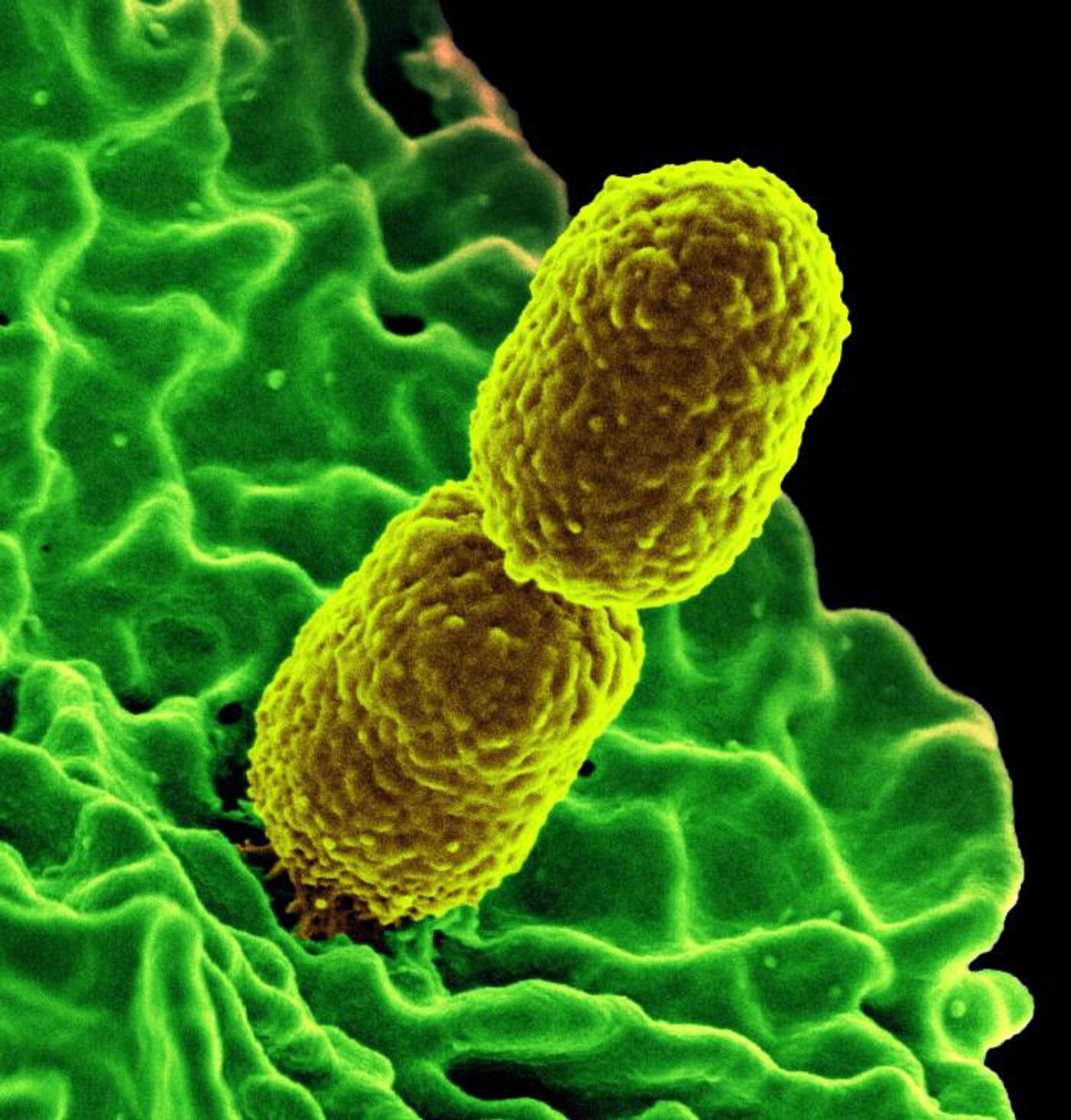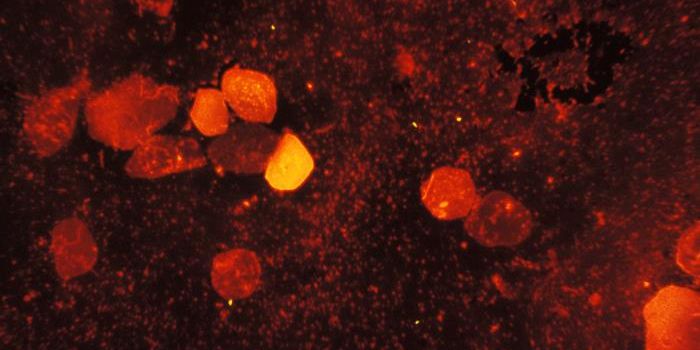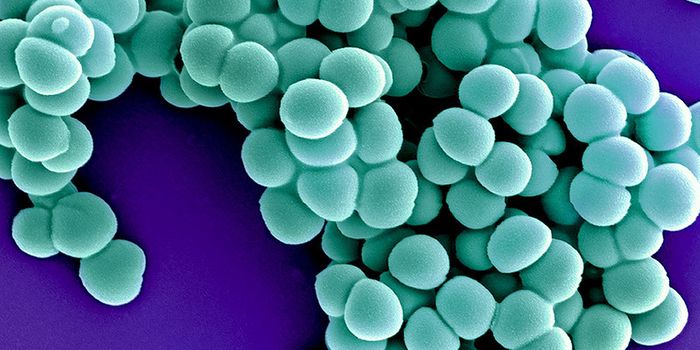Unlocking the Secret of Carbapenem Resistance in a Hospital Pathogen
While attention has been brought to the issue and some progress has been made, hospital-acquired infections are still a major problem. Every day, around one in 31 hospital patients get an infection. There are many pathogens that can cause these infections, and some of them have evolved to thrive in the hospital environment, and are becoming increasingly resistant to antimicrobials. Researchers have learned more about one of those dangerous pathogens, a bacterium called Klebsiella pneumoniae, which infects wounds, blood, and lungs.
Reporting in Nature Communications, scientists at Imperial College London showed that antibiotic-resistant K. pneumoniae can lock antibiotics out, and prevent the drugs from exerting an impact. This work may help scientists develop drugs that can get around these locks, so they can get into the bacterial cells and destroy them.
Carbapenems are a powerful class of antibiotics and had been considered a line of last-resort drugs that could be used for infections that other antimicrobials could not effectively treat. However, K. pneumoniae is becoming resistant to carbapenems, which could have a significant impact on whether these infections can be cured.
"The prevalence of antibiotic resistance is increasing, so we are becoming more and more reliant on drugs like carbapenems that work against a wide range of bacteria," said the first author of the study, Dr. Joshua Wong of the Department of Life Sciences at Imperial. "But now with important bacteria like K. pneumoniae gaining resistance to carbapenems it's important we understand how they are able to achieve this. Our new study provides vital insights that could allow new strategies and drugs to be designed."
Pores on the surface of K. pneumoniae cells normally allow drugs in, but the researchers found that the bacteria can shut the pores down, prohibiting entry to antibiotics. This also gives the bacteria resistance against multiple drugs at once. After comparing normal and carbapenem-resistant K. pneumoniae microbes, the scientists found that proteins that create the pores in the bacteria were altered or absent in the resistant bacteria. The drug-resistant bacteria stopped drugs from entering because their pores were much smaller.
While these closed pores help the bacteria resist drugs, they also impair the flow of nutrients, causing the microbes to grow more slowly.
"The modification the bacteria use to avoid antibiotics is difficult to get around. Any drugs to counteract this defense mechanism would likely also get blocked out by the closed doors," said the leader of the research team Professor Gad Frankel of the Department of Life Sciences at Imperial. "However, we hope that it will be possible to design drugs that can pick the lock of the door, and our data provides information to help scientists and pharmaceutical companies make these new agents a reality."
Learn more about preventing hospital-acquired infections from the video.
Sources: AAAS/Eurekalert! via Imperial College of London, Nature Communications









